The 7 Female Archetypes & What They Reveal About Your Feminine Strength
Knowing what kind of woman you are can make all the difference in the world.
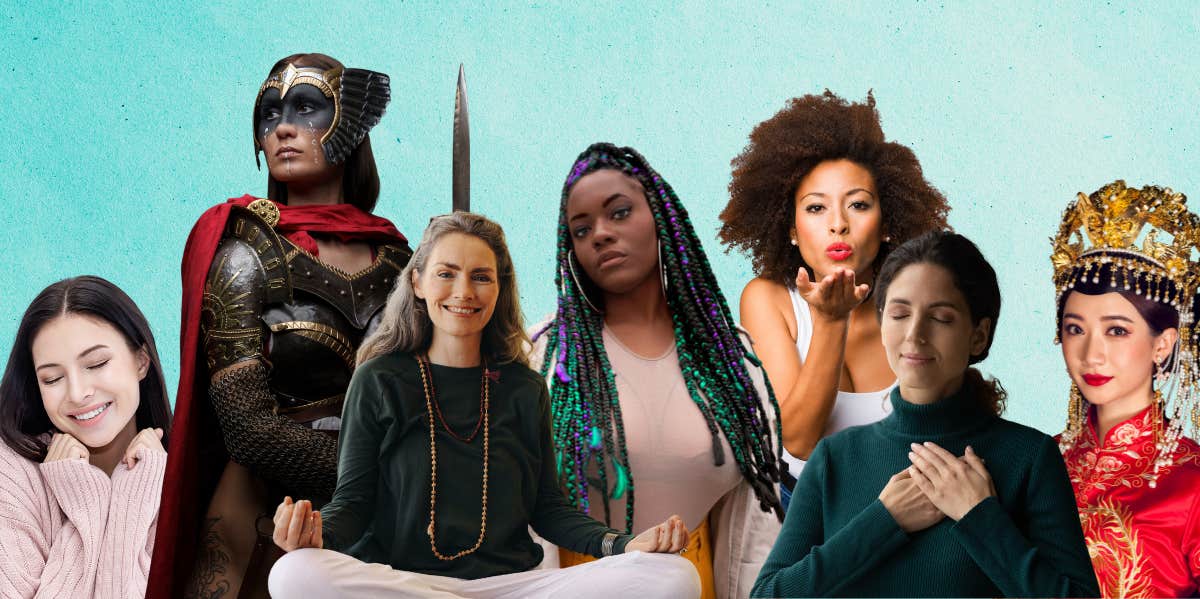 paulaphoto / Karol Moraes / FXQuadro / Queen / Jacob Lund / Asier Romero / fizkes / Art Stocker / Shutterstock
paulaphoto / Karol Moraes / FXQuadro / Queen / Jacob Lund / Asier Romero / fizkes / Art Stocker / Shutterstock Every woman carries the burden of living up to society’s expectations about what she should be and how she should best use her feminine power. If you’re too sure of yourself, you’ll intimidate others, but if you prefer to go it alone, you might be considered less than feminine.
But when it comes to discovering exactly what universal patterns of femininity you possess, understanding the 7 female archetypes can be helpful. This self-awareness can help to remove any blocks in your feminine energy and clear the path to showing up as your highest self.
What is a female archetype?
The concept of archetypes was introduced by psychoanalyst Carl Jung. The archetype represents common behaviors in our collective unconscious. They are personality types that cross the typical cultural and historical boundaries.
Jung originally came up with just 4 female archetypes, also known as the Maiden, the Mother, the Wild Woman, and the Crone:
- Persona
- Anima/Animus
- The Shadow
- The Self
People often falsely believe there are more female archetypes on Jung’s list because they confuse his 12 Business/Brand Archetypes which are the Creator, the Sage, the Caregiver, the Innocent, the Jester, the Magician, the Ruler, the Hero, the Everyman (aka Regular Guy), the Rebel (aka Outlaw), the Explorer, and the Lover.
Each female archetype details the differences in the way that women express themselves. Of course, there are many nuances from one woman to the next because we are not a monolith, but Jung identified patterns that existed in feminine energy and made up the archetypes.
Jungian analyst and psychiatrist, Jean Shinoda Bolen, came up with the 7 female archetypes based on the habits and behaviors of associated Greek Goddesses. She laid out those traits in her 1984 book, Goddesses in Everywoman.
The 7 female archetypes, according to Bolen:
- The Mother/Caregiver Archetype
- The Maiden/Innocent Archetype
- The Lover Archetype
- The Mystic Archetype
- The Huntress Archetype
- The Queen Archetype
- The Sage Archetype
Many women believe that the four archetypes Jung assigned to women fail to capture the vast array of possibilities when it comes to who we are and who we can become.
The 11 divine archetypes are meant to expand on those to include all women:
- Maiden
- Lover
- Mother
- Enchantress
- Healer
- Creatrix
- Priestess
- Queen
- Warrioress
- Wild Woman
- Wise Woman
Every woman on the planet could benefit from knowing exactly where they stand when it comes to dealing with life, other people, and themselves. Take the female archetype quiz before scrolling down to see which of the 7 feminine archetypes you fall into.
The 7 Feminine Archetypes
The Mother Archetype
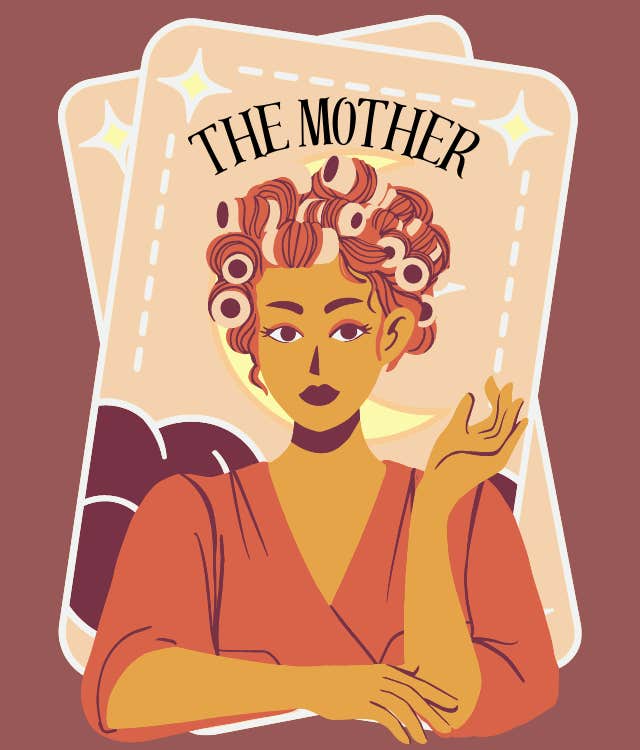
Key traits: nurturing, compassionate, heart-centered
Mythical representation: Demeter, Goddess of Harvest
Contemporary examples: Mother Theresa, Iyanla Vanzant, Princess Diana
Light side: The Mother loves unconditionally, is caring, supportive, loyal, empathetic, and highly compassionate.
Shadow side: The Mother tends to put the needs of others above her own, neglecting to care for herself properly.
The Mother/Caregiver archetype does not have to have children. She shows great care to everyone around her and finds satisfaction in nurturing others. Her warm nature and loving energy give people a safe space to grow and flourish.
The Maiden Archetype
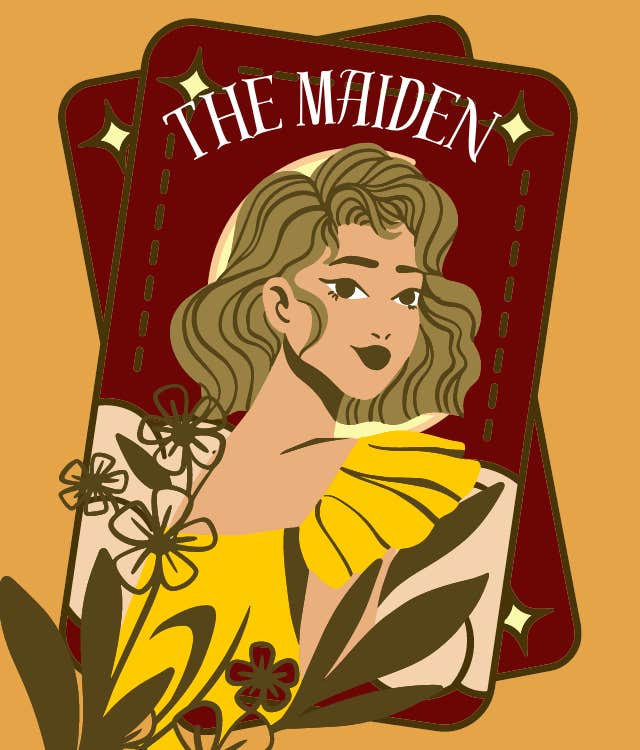
Key traits: innocent, idealistic, intuitive
Mythical representation: Persephone, Goddess of Spring
Contemporary examples: Shirley Temple, Josephine Baker, Lucille Ball
Light side: A youthful outlook on life and a playful nature make the Maiden seem innocent. She is adaptive and open to learning new things.
Shadow side: The Maiden might be too naïve for her own good. That can put her in a state of victimhood and give the impression that she simply refuses to grow up.
The Maiden is the least awakened of all archetypes and has plenty of room for growth. She is intuitive and moves through life fully believing she can turn any of her dreams into reality.
The Lover Archetype
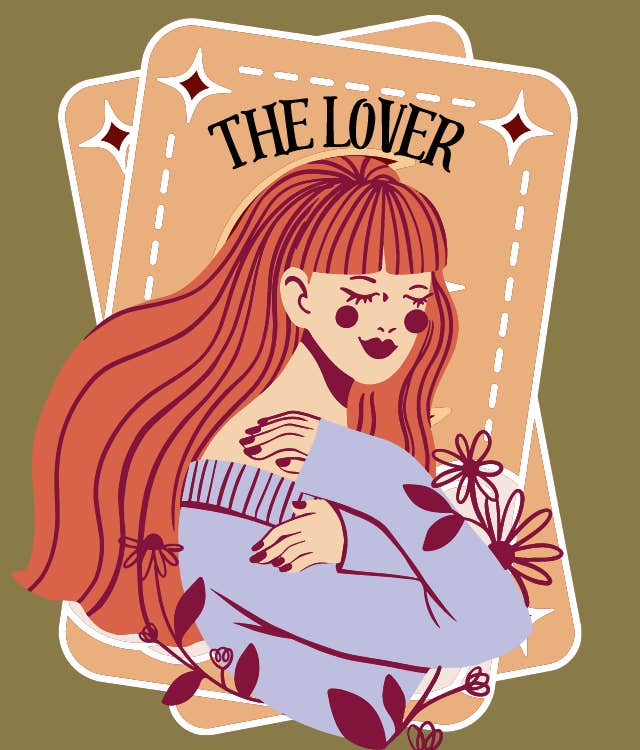
Key traits: attractive, sensual, emotional
Mythical representation: Aphrodite, Goddess of Beauty
Contemporary examples: Marilyn Monroe, Rihanna, Samantha of "Sex and the City," Lori Harvey
Light side: The Lover is magnetic and knows how to attract. She is confident and creates her own reality.
Shadow side: The Lover seeks external validation and finds it hard to commit. She can also be very emotional.
The Lover is captivating and sensual with the ability to attract attention. She changes anyone she comes into contact with for the better and sparks intense connections.
The Mystic Archetype
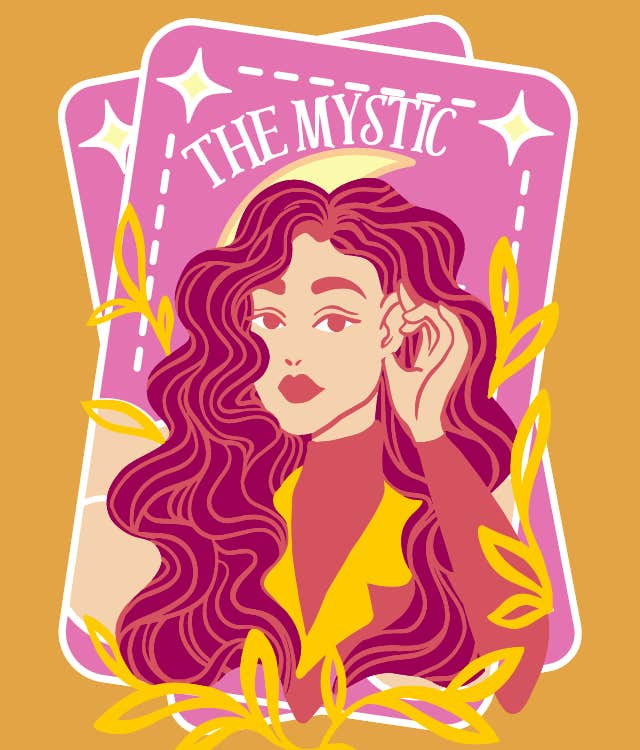
Key traits: introverted, calm, focused inward
Mythical representation: Hestia, Goddess of Hearth
Contemporary examples: Sade Adu, Angelina Jolie, Gwyneth Paltrow
Light side: She has an aura of peace and tranquility and is highly self-aware.
Shadow side: Her tendency to go into isolation makes it hard to start meaningful relationships.
The Mystic is most comfortable in solitude and quiet. She is calm and spiritual, seeking harmony. She helps others stay balanced with her peaceful approach to life.
The Huntress Archetype
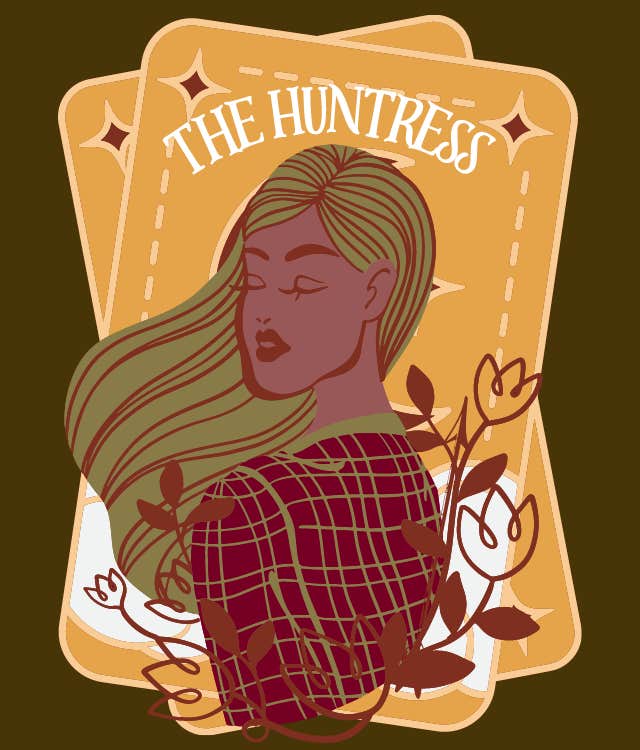
Key traits: self-reliant, independent, free-spirited
Mythical representation: Artemis, Goddess of the Hunt
Contemporary examples: Wonder Woman, Serena Williams, Angela Davis
Light side: She will face any challenge without flinching. The Huntress is fierce and courageous.
Shadow side: She can struggle with getting in touch with her emotions and being vulnerable.
The Huntress has a warrior spirit and relies on her inner strength to overcome obstacles. She is independent and knows how to take care of herself, which is inspirational to other women.
The Queen Archetype
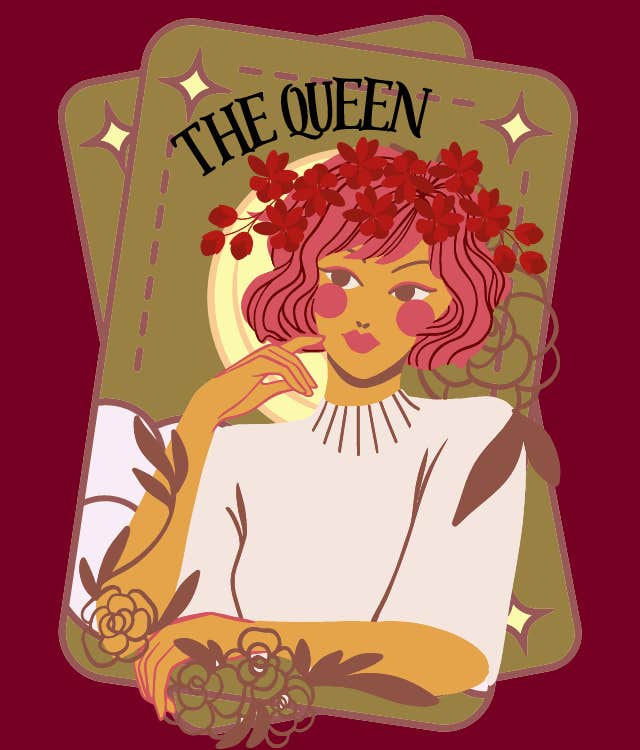
Key traits: ambitious, outgoing, confident
Mythical representation: Hera, Goddess of Marriage
Contemporary examples: Beyoncé, Elizabeth Taylor, Kim Kardashian
Light side: She is confident, loyal and ambitious, and knows how to take charge.
Shadow side: She can become jealous and controlling when she feels insecure.
The Queen is a natural leader. Long-lasting relationships are very valuable to her, and she understands commitment. The Queen knows her worth and loves the finer things in life.
The Sage Archetype
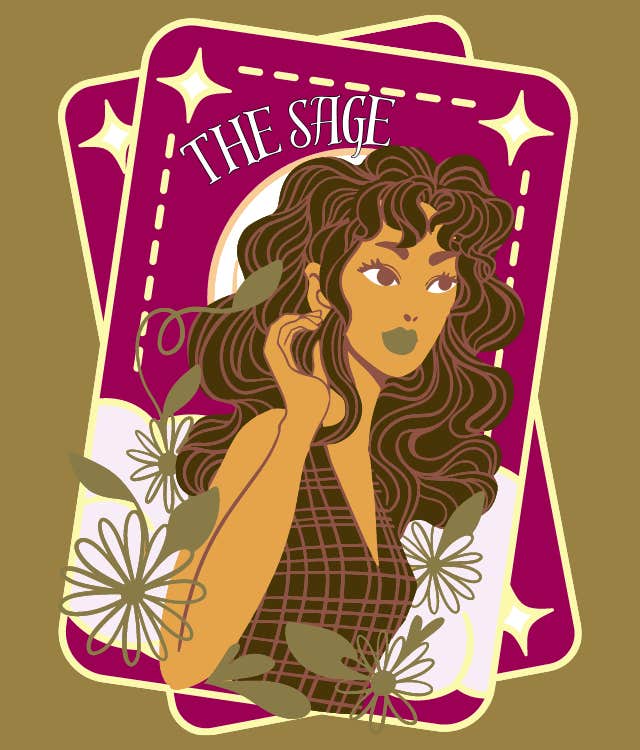 All photos: Drawcee via Canva, Sketchify via canva
All photos: Drawcee via Canva, Sketchify via canva
Key Traits: truthful, insightful, logical
Mythical representation: Athena, Goddess of Wisdom
Contemporary examples: Oprah Winfrey, Martha Stewart, Michelle Obama
Light side: She always speaks the truth and knows how powerful she is. She is focused on personal growth.
Shadow side: She can struggle with being in the moment and showing empathy to others.
The Sage is smart and strategic, always plotting her next move. She is disciplined and willing to shed old versions of herself in the quest for self-improvement.
NyRee Ausler is a writer from Seattle, Washington, and author of seven books. She covers lifestyle and entertainment and news, as well as navigating the workplace and social issues.
